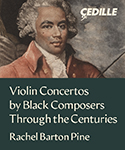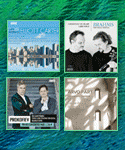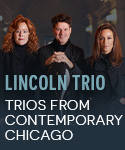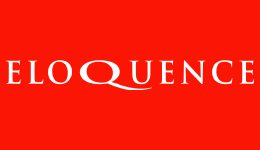The penultimate volume of Josef Hofmann’s complete recordings begins with the pianist’s April 4, 1938 Philadelphia broadcast of Beethoven’s Fourth Piano Concerto, led by Eugene Ormandy. Ward Marston’s transfer draws upon newly uncovered source discs, slightly superior to those used for the Philadelphia Orchestra’s 1999 Centennial boxed set. From a sonic standpoint, it’s easily the finest of the pianist’s three surviving Beethoven Fourth airchecks. And whereas the later 1941 and 1943 traversals reveal Hofmann’s legendary technique in decline, here he’s at the top of his game. Some listeners may find that the pianist’s jaunty, display-oriented approach to Beethoven’s finger-twisting scales, arpeggiated patterns, and double notes trivializes and even cheapens the music’s lyrical, poetic subtext. Yet you can’t deny the extraordinary lightness and clarity of Hofmann’s fingerwork (what a left hand!), plus his ability to create shimmering legato effects virtually without pedal. He especially lets loose in Reinecke’s flashy, anachronistic cadenzas.
Disc 1 continues with solo selections culled from Hofmann’s 1943-47 Bell Telephone Hour broadcasts. By and large, these represent Hofmann’s artistic nadir. He struggles through Mendelssohn’s Spinning Song, Chopin’s A major Polonaise, Minute Waltz, and Butterfly Etude–all of which he tossed off with effortless aplomb in his 1937 Golden Jubilee Concert (see The Complete Josef Hofmann Volume 2, on VAI). Prokofiev’s Op. 12 No. 1 March is less assured in 1946 than the broadcast from three years earlier (Volume 5), while Chopin’s Berceuse suffers from shaky coordination between the hands.
If Mendelssohn’s Andante and Rondo capriccioso can’t hold a candle to Hofmann’s masterly acoustic recording (Volume 4), an expansive, flexible, and imaginatively phrased account of the same composer’s Spring Song stands out. Hofmann’s style fit hand in glove with the faded charm and rhetorical browbeating that typify the Third and Fourth Concertos of his mentor Anton Rubinstein. Shrill, blustery sonics prove tough going in a 1945 Detroit aircheck of the D minor, but the cramped ambience of 1943/44 performances of the outer movements from the Bell Telephone Hour is easier on the ears. Hofmann’s authority and feeling for the idiom comes across despite waning stamina in comparison with his earlier 1937 Golden Jubilee reading. Similarly, Hofmann throws himself into the less interesting Third Concerto (a 1944 broadcast) as if it were a timeless masterpiece, and he contours the slow movement’s polyphonic lines with the focus and control of his best years. Marston’s transfer from a recently discovered “inside source” offers much better sound than the AM radio-based disc source used for a mid-1970s International Piano Archives LP release. Experienced Hofmann acolytes will welcome Volume 8 as a matter of course, warts and all.
































